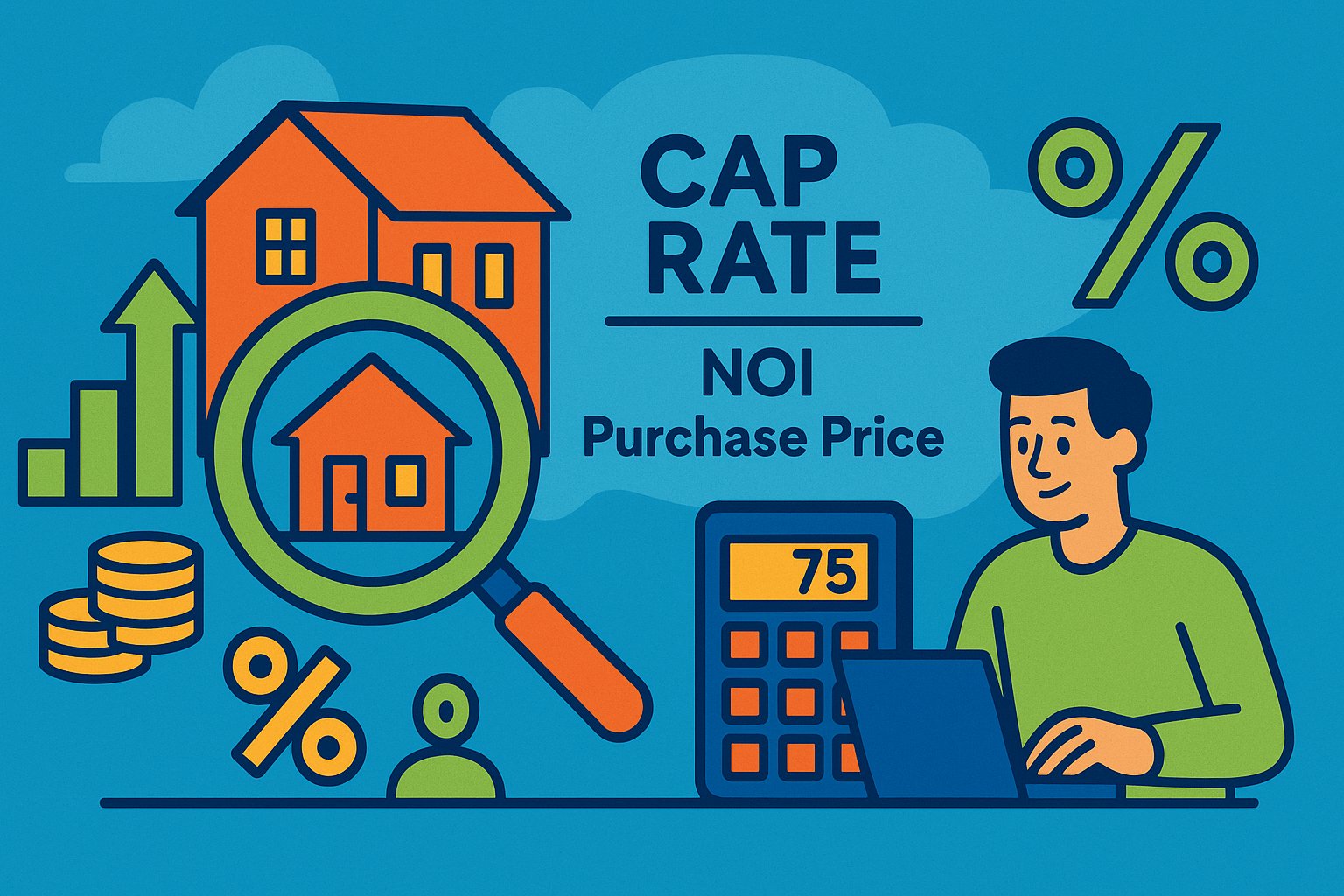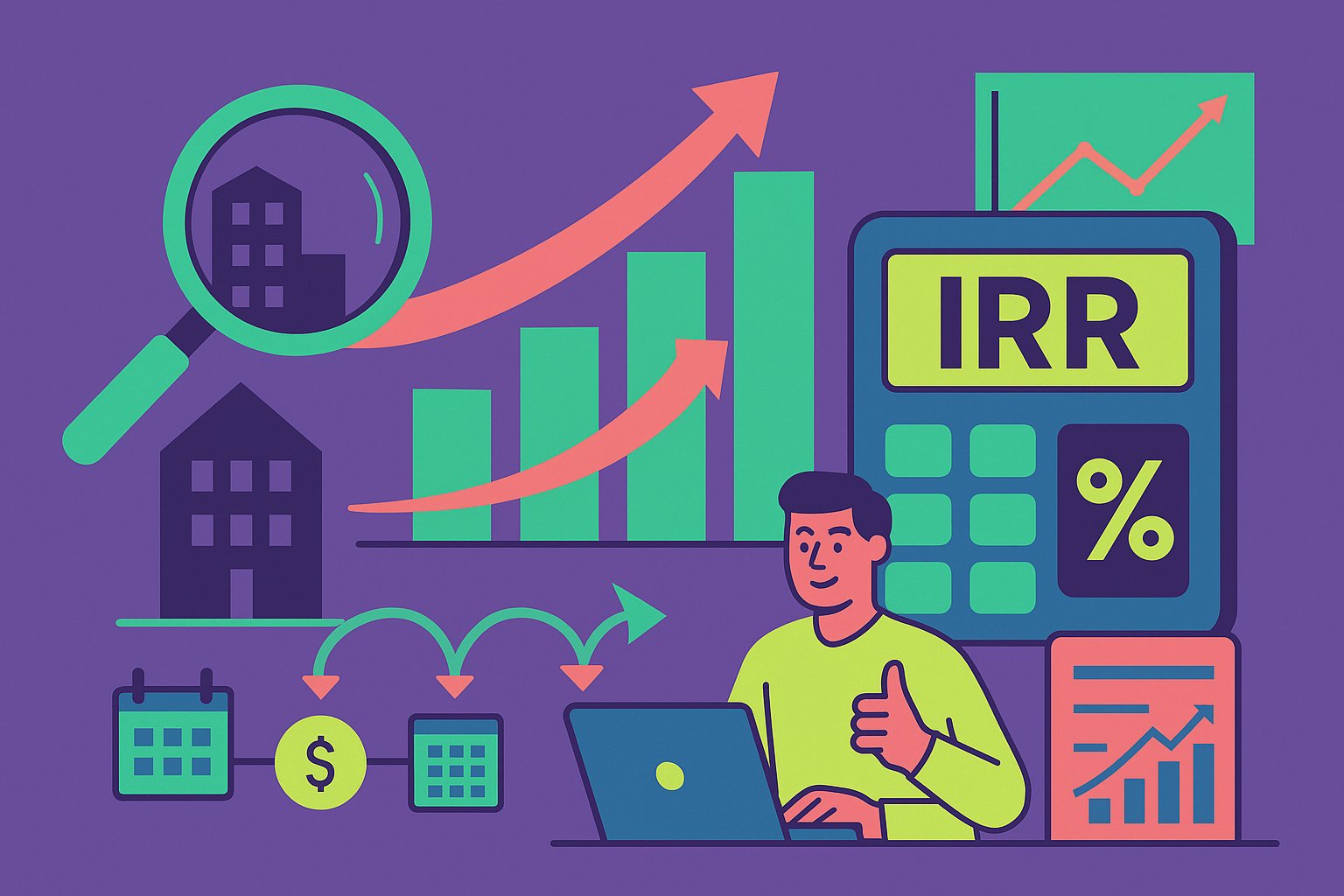Understanding Holding Periods: The Timeline That Drives Returns
In the realm of real estate crowdfunding, the holding period—the duration between capital deployment and final distribution—is far more than a simple calendar measure. It serves as the central axis around which profits, risks, and strategic decisions revolve. Whether you participate in a six-month bridge loan or commit to a decade-long rental syndication, the chosen timeline profoundly shapes your cash flow cadence, reinvestment possibilities, tax implications, and overall return potential. Mastering the nuances of holding periods empowers you to craft investments that align precisely with your financial goals, liquidity needs, and risk tolerance.
Across the spectrum of crowdfunding offerings, holding periods typically fall into three broad categories. Short-term projects, often spanning six to eighteen months, include bridge loans and quick-flip renovations. These deals deliver rapid, predictable yields but hinge on flawless execution and market stability. Medium-term investments, ranging from two to five years, encompass value-add renovations and lease-up plays. They balance periodic income with appreciation upside, offering a mix of stability and growth. Long-term strategies, extending beyond five years, focus on stabilized rental cash flows and capital appreciation, crafting an annuity-like income stream that benefits from compounding effect. Recognizing which category best suits your objectives is the first step toward maximizing crowdfunding profits.
How Different Holding Periods Affect Cash Flow & Profits
The mechanics of cash flow distribution vary dramatically with holding period length. In short-term deals, investors often receive a lump-sum payment at project completion or fixed interest payments throughout, delivering a burst of profit within a brief window. This structure appeals to those seeking rapid capital recycling and reinvestment, enabling multiple flips within a single year or two. However, compressed timelines leave little margin for delays; even minor permit holdups or contractor setbacks can stretch the period and erode projected returns.
Medium-term ventures layer periodic dividend distributions—quarterly or semi-annually—during the stabilization phase, before culminating in a sale event. These blended cash flows combine the reliability of income payments with a substantial exit payout, diversifying profit timing and smoothing overall returns. Investors can reallocate dividends into new deals mid-hold, compounding returns, while still benefiting from the equity multiple delivered at exit.
Long-term rental syndications prioritize steady, inflation-linked cash flows over extended horizons. While the equity multiple may appear modest compared to value-add plays, the reliability of rental income and potential rent escalations drive compounding wealth. The extended timeline also allows for tax-deferral strategies—such as depreciation and 1031 exchanges—that can significantly boost after-tax profits. Thus, longer holds can deliver deeper wealth accumulation, albeit at the cost of capital lock-up.
Short-Term vs Long-Term Investments: Trade-offs Explained
Choosing between short-term and long-term crowdfunding investments requires balancing speed versus stability, yield versus yield consistency, and liquidity versus lock-up. Short-term flips promise headline IRRs that dazzle—often in the high teens or low twenties—but hinge on flawless project execution and favorable market conditions. A single miscalculation in renovation budgets or sales timing can erode profits quickly. Conversely, long-term rental plays deliver lower headline IRRs—commonly in the 8 to 12 percent range—but anchor returns in reliable rent collections and property appreciation, reducing vulnerability to timing risk.
Liquidity preferences also factor heavily. If you anticipate a need for capital to pursue other opportunities—or simply prefer not to have funds tied up—a laddered approach of staggered short-term commitments can maintain cash flexibility. If, however, your priority is passive, hands-off wealth building, long-term syndications offer a set-it-and-forget-it model, with sponsors handling property management and capital improvements. Recognizing your personal liquidity and involvement preferences allows you to align holding periods with both your financial and lifestyle goals.
Strategic Capital Recycling: Compounding Gains through Timelines
One of the most potent strategies for maximizing crowdfunding profits is capital recycling—deploying returns from completed deals into new opportunities. Shorter holding periods accelerate this cycle, potentially turning a single dollar into multiple dollars within a few years. A series of quick-turn renovations can compound equity rapidly, provided you maintain discipline in sponsor selection and deal underwriting.
Medium-term and long-term investments also support recycling, albeit on a slower cadence. Periodic dividend distributions can seed smaller flip deals or equity offerings, layering growth strategies. Exit proceeds, when realized, can be redeployed into larger, higher-quality properties or diversified across new markets. Over time, the combination of compounding dividends and reinvested exit gains amplifies total portfolio returns. Crafting a deliberate reinvestment schedule that aligns with expected distribution dates ensures your capital remains consistently productive.
Risk Management Through Timing: Balancing Profit and Exposure
Holding periods inherently shape risk profiles. Short-term deals concentrate project execution and market risk into a tight window: a fleeting downturn can derail a flip’s profitability. Medium-term holdings mitigate some volatility by providing income buffers during stabilization but still require active sponsor management to navigate lease-up and renovation phases. Long-term rental plays spread risk across economic cycles but expose investors to policy changes, tenant turnover, and maintenance unpredictability over many years.
By carefully mixing timelines, you can diversify temporal risk. Laddering deals with varied durations means that while one project faces potential delays, others may mature as scheduled, creating a continuous stream of capital ready for redeployment. This temporal diversification parallels geographical and asset-class diversification, bolstering portfolio resilience. Furthermore, embedding conservative underwriting criteria—such as realistic renovation contingencies and robust debt service coverage ratios—across all holding periods enhances downside protection.
Tax Efficiency and Holding Periods: Optimizing After-Tax Returns
Taxes play a critical role in real estate profits, and holding periods influence tax treatment significantly. Short-term flips held under one year trigger short-term capital gains taxed at ordinary income rates, often eroding net returns. In contrast, medium- and long-term holdings qualify for preferred long-term capital gains rates, reducing tax drag on exit profits. Rental syndications unlock depreciation deductions and cost segregation studies, sheltering taxable income during the hold and deferring recapture until sale.
Strategic use of 1031 exchanges further magnifies after-tax wealth by deferring gain recognition when proceeds from one sale reinvest in like-kind properties. Longer holding periods enhance 1031 eligibility and provide more transactional leeway to navigate market conditions at exit. By building holding period considerations into your tax planning—deciding whether to hold flips past the one-year mark or timing sale events for favorable tax brackets—you maximize real, after-tax profits rather than headline returns.
Portfolio Construction: Laddering Holding Periods for Steady Growth
A laddered portfolio weaves together short, medium, and long-term crowdfunding investments to harness the advantages of each timeline. Allocate a portion of capital to quick-turn flips for rapid compounding, another tranche to medium-term value-add projects for balanced income and growth, and a core allocation to long-term rentals for stability and tax benefits. Stagger deal entry dates so that distributions and exits occur regularly, furnishing a predictable stream of reinvestment capital.
This structured approach ensures that your portfolio never sits idle—every maturing deal fuels the next opportunity—while smoothing out the unevenness of individual project timelines. It also tempers liquidity risk: if one flip faces unexpected delays, the proceeds from other maturing deals maintain your reinvestment momentum. Over time, laddering fosters both cash flow consistency and compounded equity growth, unlocking the full profit potential of real estate crowdfunding.
Monitoring and Adapting: Dynamic Strategies for Timeline Variations
Even the best-laid timelines can shift due to market headwinds or operational hiccups. Active monitoring—through platform dashboards, sponsor updates, and periodic performance reviews—alerts you to potential delays or cost overruns. When a holding period extends beyond projections, sponsors may offer compensation in the form of extension fees or increased dividend rates. You must decide whether to accept these amendments or negotiate exit alternatives if contractual provisions allow.
Equally important is adapting your reinvestment strategy. An unexpected delay in a flip exit might prompt reallocating newly freed capital to short-term debt deals rather than waiting for exit proceeds. Maintaining a capital reserve or having targeted alternative opportunities on standby helps you avoid idle cash. By treating holding periods as dynamic rather than static commitments, you preserve portfolio agility and continue compounding returns despite timeline hiccups.
Case Studies: Profit Paths Across Varied Holding Periods
Consider three hypothetical crowdfunding investments. A nine-month renovation flip yields an IRR of 18 percent but exposes investors to permit and construction risks. A three-year value-add apartment repositioning offers an IRR of 12 percent with quarterly dividends, blending reliable income and appreciation. A seven-year rental syndication delivers an 8 percent IRR and consistent cash flow, amplified by depreciation benefits. While the flip multiplies initial equity rapidly, the long-term rental compounds wealth steadily and provides tax shelter. Investors who laddered these deals achieve a blended portfolio IRR of 12 percent, combining quick wins, growth opportunities, and income stability. This case study underscores how varied holding periods coalesce into a high-performing ensemble.
Embracing Technology and Tools to Track Timelines
Technology accelerates effective timeline management. Digital platforms now feature interactive Gantt charts that plot renovation milestones, lease-up schedules, and projected exit dates. Automated alerts notify investors of upcoming distribution windows or extension deadlines. Portfolio management software aggregates holding period data across multiple deals, generating dashboards that display ladder maturity profiles and forecast reinvestment timelines. Some tools integrate scenario modeling, letting you simulate the impact of a two-month delay on compounded returns. Embracing these innovations transforms holding period oversight from manual tracking into streamlined, data-driven decision making.
Time as Your Leverage in Crowdfunding Success
Holding periods are the invisible engine powering your real estate crowdfunding returns. By understanding how timelines influence cash flow patterns, risk exposure, tax treatment, and reinvestment compounding, you unlock the ability to strategically maximize profits. Thoughtful portfolio construction—anchored in laddered timelines—balances the velocity of short-term flips with the depth of long-term rentals. Dynamic monitoring and adaptive reinvestment preserve momentum even when projects deviate from plan. Combined with tax-savvy planning and technological tools, mastery of holding periods elevates you from a passive backer to a sophisticated investor, capable of harvesting consistent, high-performing returns in the ever-evolving landscape of real estate crowdfunding.




